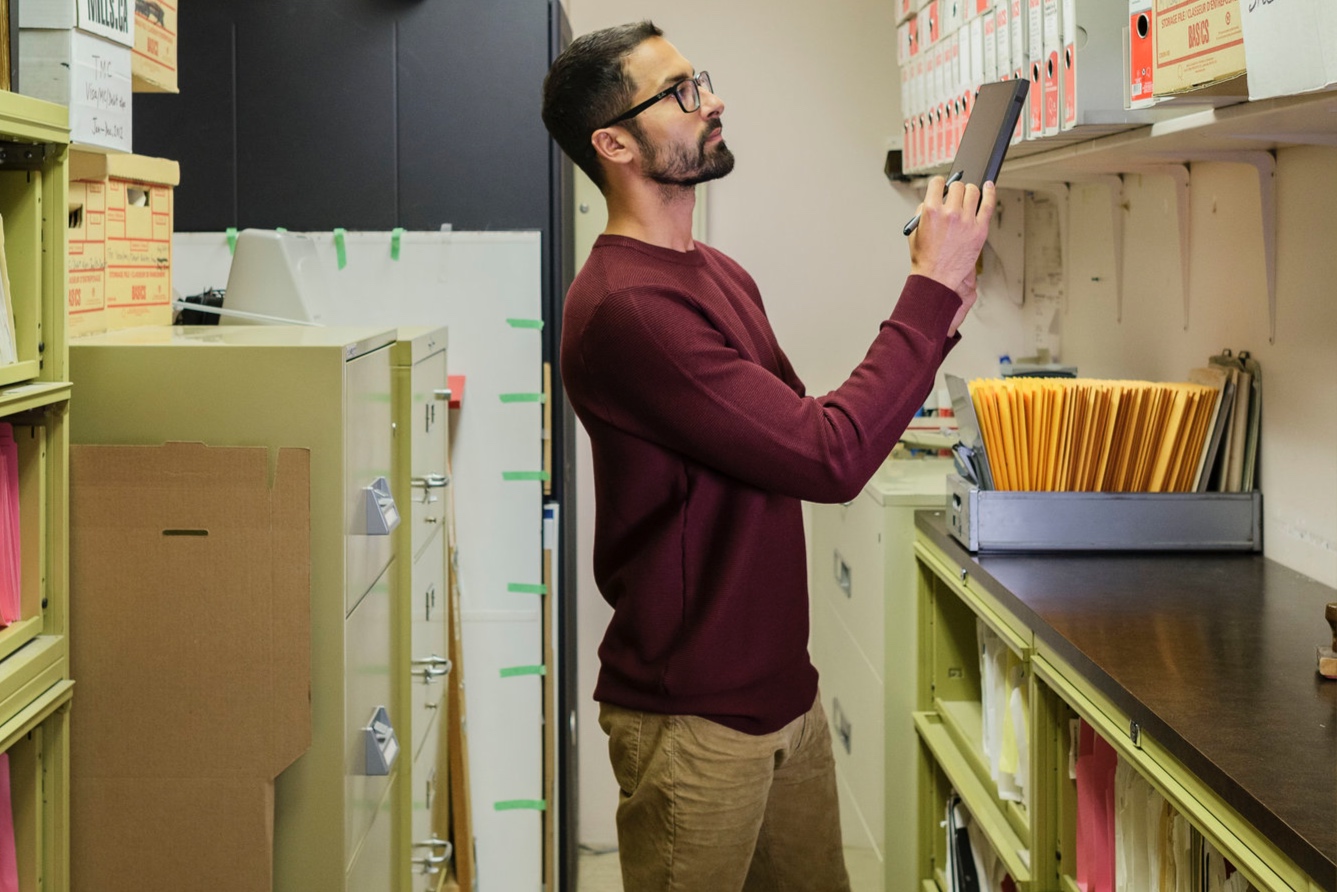I know what you’re thinking…write down what I eat all day, f*ck that it sounds like a lot of work!
Bear with me…
I have my clients do food diaries from time to time as an intake awareness exercise with a ton of success. Jotting down what we eat and drink on a daily basis can be an amazing way to learn more about our eating habits, what may be hindering us from our goals as well as identifying any food sensitivities we may be dealing with.
If you’re interested in giving a diary a shot here’s how to do it…
Record
Write down everything you eat and drink for 7 days…I may have lost some of you already because a week seems like a long time, however in my opinion it’s crucial to do a 7-day diary because eating habits tend to shift over the weekend. This way you’re bound to include a Friday evening, Saturday as well as Sunday in your records.
Timing
We are straight up bad at remembering what we ate throughout the week and that’s why it’s of utmost importance to write down exactly what we're eating and drinking at the time we consume it. Take your memory out of the equation and ensure accuracy by doing your diary in real time. Recording it in the notes on your phone is a great way to go because you’ve got that thing attached to your hip 24/7.
Portions
You don’t have to weigh and measure your foodstuffs in order to benefit from this exercise, however it will yield better data and therefore an improved result. You can always approximate your meal sizes and as long as you stay consistent as far as your estimates go, you’re good.
Tools
If you’d rather record using some sort of gadget, myfitnesspal is a solid app that’s super easy to use. I wouldn’t put too much merit into all of the calorie counts on the app because people who use the app can actually enter their own ‘custom’ foods. The cool kicker about this tool is that you can actually scan barcodes at a grocery store or a grab and go restaurant in the app itself!
Picture Diary
Another recording route you can take is taking a picture of all the food you eat and drink; this is another awesome way to ‘portion’ without actually having to manually measure your meals.
Bonus
For you folks who really want to go above and beyond, record next to each of your meals how you felt before, during and after you ate. This way you can tease out any foods you may be reacting to negatively as well as identify how you felt and how that correlated with your food choices. For example, a feeling of stress may make you more likely to reach for ice cream. Also you can monitor how you felt after your double scoop and see if the ice cream ‘agreed’ with your belly or not!
Results
Some people may recommend not changing the way you regularly eat at all while carrying out this exercise, however I beg to differ. If you find yourself reaching for higher quality foods, eat them; that’s the whole power of the diary because it makes you more aware of your food choices. If you’re one of these people who benefits from a psychological standpoint by eating healthier foods when you record them, you’ll have some fat loss results come week's end so it’s a win win!
Take Home…
The final thought I’ll leave you with is to be honest with yourself diary-wise. This can be an amazing tool so you’re going to be way better off if you record accurately even if it pains you a little to write down that you hit the drive-through on the way home from work, or had a few too many bevies on Friday night. No judgment here, just feedback!
